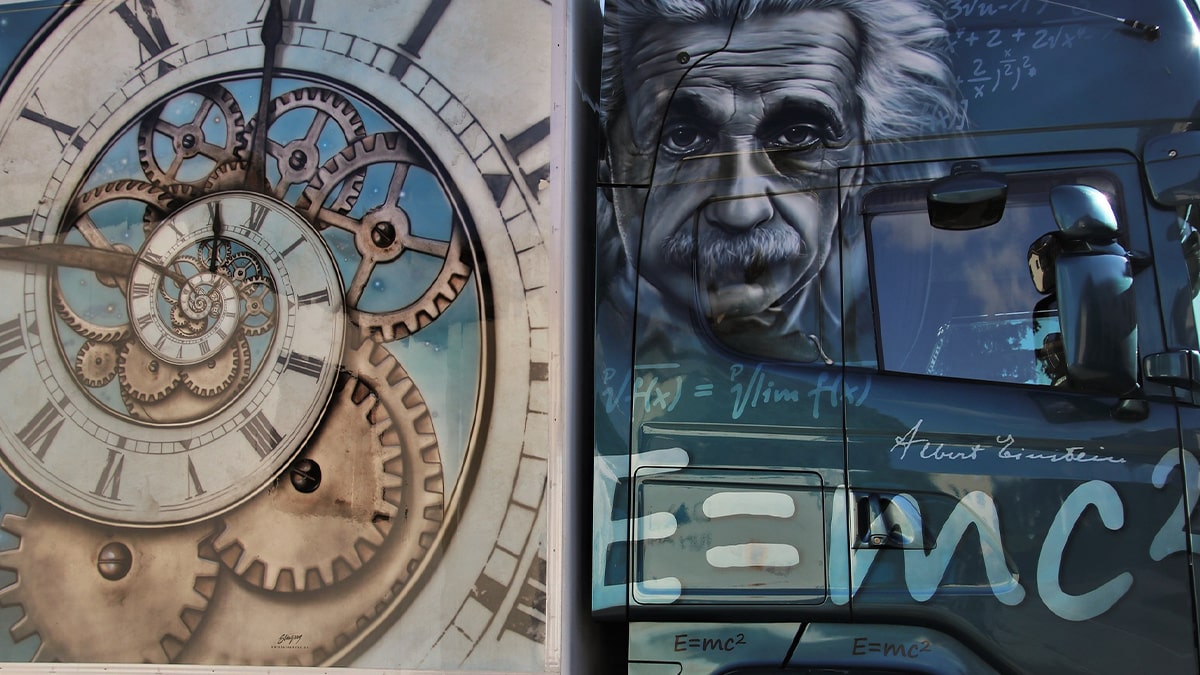Logistics is the process of managing the flow of goods and services from their origin to their destination. It involves a complex network of activities, including transportation, warehousing, inventory management, and order fulfilment. The dynamics of logistics are constantly evolving, driven by advances in technology, changes in consumer behavior, and global economic trends.
One of the key dynamics of logistics is the increasing importance of speed and efficiency. Consumers today expect faster delivery times and more convenient options, such as same-day or next-day delivery. This has led to the rise of new technologies and logistics models, such as drone delivery and last-mile delivery solutions.
Another dynamic of logistics is the growing emphasis on sustainability and environmental responsibility. With concerns about climate change and resource depletion, many businesses are seeking ways to reduce their carbon footprint and operate in a more sustainable manner. This has led to the development of new logistics models, such as green logistics, which focus on reducing emissions and optimizing resource use.
The globalization of trade has also had a significant impact on the dynamics of logistics. As supply chains become more complex and global in nature, businesses must navigate a range of challenges, including customs regulations, language barriers, and cultural differences. This has led to the development of new logistics models, such as cross-border logistics, which focus on managing the movement of goods and services across international borders.
Technology is also driving change in the logistics industry. Advances in automation, robotics, and artificial intelligence are transforming the way logistics operations are managed. This includes the use of autonomous vehicles for transportation, robots for warehousing and order fulfilment, and predictive analytics for inventory management.
Finally, the COVID-19 pandemic has had a significant impact on the dynamics of logistics. With disruptions to global supply chains, many businesses have had to re-evaluate their logistics strategies and adapt to changing market conditions. This has led to a greater emphasis on resilience, flexibility, and agility in logistics operations.
In conclusion, the dynamics of logistics are constantly evolving, driven by advances in technology, changes in consumer behavior, and global economic trends. Businesses must stay abreast of these changes and adapt their logistics strategies to remain competitive and meet the needs of their customers. By embracing new logistics models and technologies, businesses can optimize their operations, reduce costs, and improve customer satisfaction.










